News Beat
News Beat reporting is an idrw.org initiative to let our Readers to report News Based on Actual facts but some how has not been reported in Main Stream Media .
SOURCE: RAUNAK KUNDE / NEWS BEAT / IDRW.ORG


The Indian Embassy in Cairo is actively promoting Indian-made defence equipment, with a particular focus on the Akash air defence system, according to sources familiar with the program. Discussions are reportedly underway between India and Egypt regarding the potential sale and local production of Akash missiles.
Egypt boasts one of the most robust and well-organized air defence systems in the Middle East. However, a significant portion of its arsenal consists of ageing Soviet-era technology, including MIM-23 Improved Hawk missiles,2K12 Kub (SA-6 Gainful) systems, Indigenously produced Tayer el-Sabah (SA-2 Guideline) missiles, Upgraded S-125 Pechora-M (SA-3) systems.
Continue readingSOURCE: RAUNAK KUNDE / NEWS BEAT / IDRW.ORG
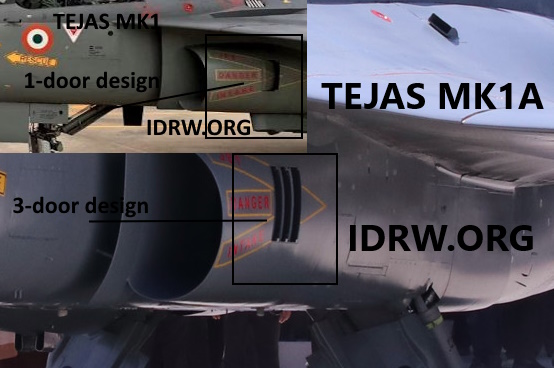

The Light Combat Aircraft (LCA) Tejas program recently unveiled the Mk1A variant sporting a significant upgrade to its air intake system.
The most noticeable change in the Mk1A lies in its Auxiliary Air Intake Doors (AAID). Earlier versions, the Mk1, featured a single-door design. The Mk1A adopts a novel 3-door configuration, marking a significant shift in approach. The impetus for this change stemmed from extensive performance studies focused on a newly proposed 3-door auxiliary intake. These studies aimed to achieve two crucial objectives of the Enhanced Low-Speed Performance to improve pressure recovery at low speeds, a factor crucial for optimal engine performance during takeoff and landing.
Continue readingSOURCE: RAUNAK KUNDE / NEWS BEAT / IDRW.ORG

Air Marshal Ashutosh Dixit, Deputy Chief of the Indian Air Force (IAF), has hinted at a potential increase in the production rate of the Light Combat Aircraft (LCA) Tejas Mk1A. This positive outlook coincides with the anticipated opening of a third HAL (Hindustan Aeronautics Limited) production plant in Nashik by 2025.
The establishment of the Nashik facility is expected to significantly enhance HAL’s production capabilities. Air Marshal Dixit suggests this could lead to a ramp-up in Tejas Mk1A deliveries, potentially rising from the current 16 units per year to 24 units per year.
Continue readingSOURCE: RAUNAK KUNDE / NEWS BEAT / IDRW.ORG


Kochi-based Smart Engineering & Design Solutions (India) Private Ltd. has been selected by Hindustan Shipyard Limited (HSL) to provide design collaboration for the development of India’s crucial Five Fleet Support Ships (FSS) program.
The vessel boasts a diesel propulsion system (CODAD) with a single shaft configuration and CPP (Controllable Pitch Propeller) for efficient operation.
Continue readingSOURCE: RAUNAK KUNDE / NEWS BEAT / IDRW.ORG


Air Marshal Ashutosh Dixit, Deputy Chief of the Indian Air Force (IAF), has asserted that the winning bidder in the Multi-Role Fighter Aircraft (MRFA) tender for 114 jets must prioritize the integration of Indian-made weaponry.
The IAF has reportedly held discussions with various Original Equipment Manufacturers (OEMs) participating in the MRFA tender, emphasizing the need for seamless integration of Indian weapons onto the offered fighter jets. This ensures that the IAF can leverage its domestic defence industry for armament, reducing dependence on foreign suppliers.
Continue readingSOURCE: RAUNAK KUNDE / NEWS BEAT / IDRW.ORG
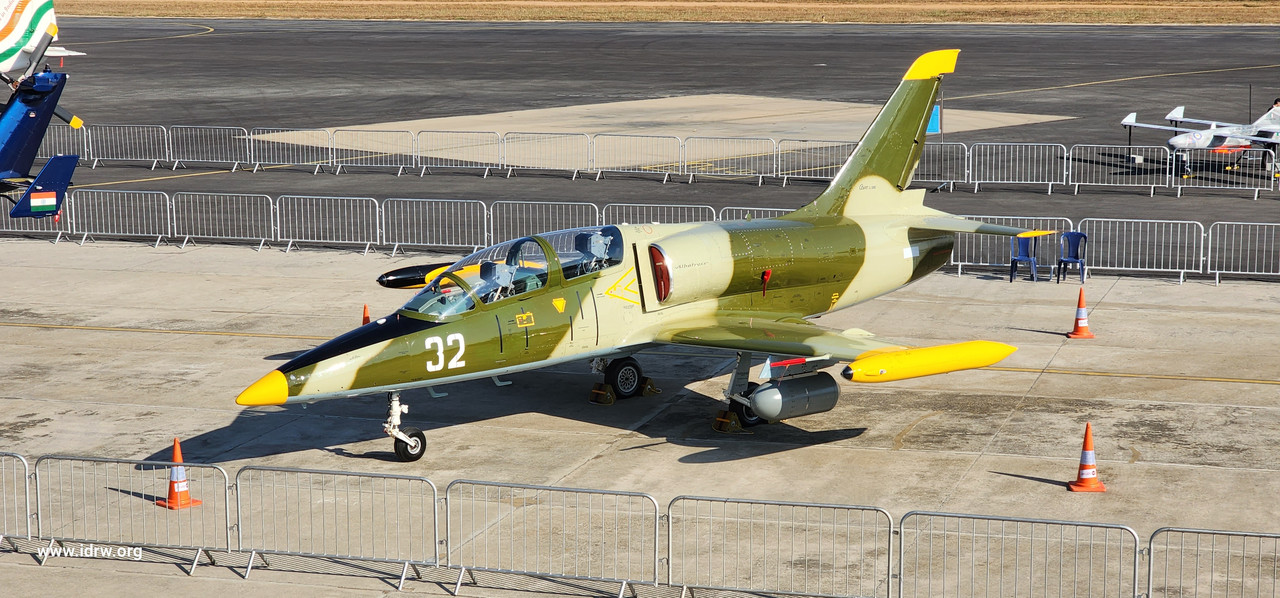

The Indian Navy’s Aero L-39 Albatros trainer aircraft serves multiple purposes for India’s defence establishment. Owned by a private company, this aircraft operates under an Indian Navy serial number, simplifying operations and bypassing the need for civil certifications.
The L-39, first displayed publicly at Aero India 2023 as a static exhibit, boasts the registration IN091. This aircraft previously held the US civil registration NX39MX before being deregistered in December 2020 and exported to India.
Continue readingSOURCE: RAUNAK KUNDE / NEWS BEAT / IDRW.ORG
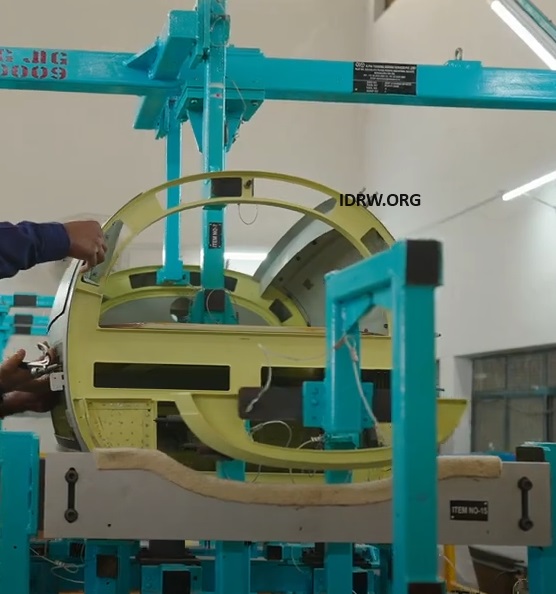

India’s Hindustan Aeronautics Limited (HAL) has finally initiated the assembly of the much-anticipated RUAV-200 drone, marking a significant step forward after a two-year delay. The RUAV-200, short for Rotary Unmanned Aerial Vehicle, boasts a coaxial, rotary-wing design powered by a fuel engine. This “flying mule” is specifically tailored for high-altitude logistical operations, designated as LD (HA).
This project reflects a collaborative effort within India’s defence sector. HAL has partnered with the Defence Research and Development Organisation (DRDO) and the Indian Institute of Technology Kanpur (IIT Kanpur) to bring the RUAV-200 to fruition.
Continue readingSOURCE: RAUNAK KUNDE / NEWS BEAT / IDRW.ORG
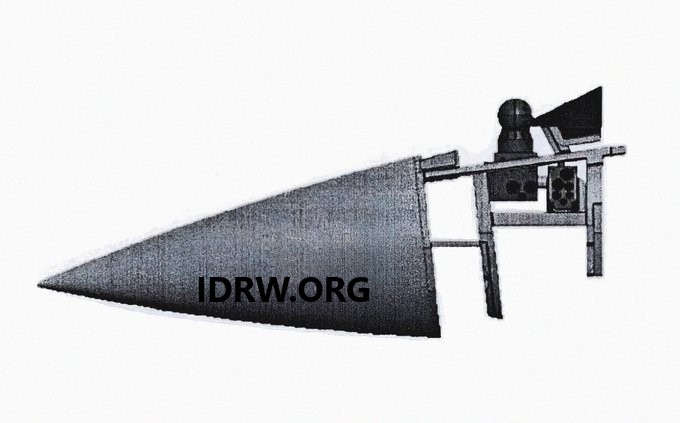

The upcoming Tejas MkII fighter jet program is inching closer to a key milestone with the planned initiation of flight trials for its Infrared Search and Track (IRST) system. Tender documents reveal that Hindustan Aeronautics Limited (HAL) is gearing up for these crucial tests. The IRST system, indigenously developed by the Defence Research and Development Organisation (DRDO), will significantly enhance the Tejas MkII’s combat capabilities.
The documents hint at a two-phase flight test program. The initial phase will see the IRST system integrated into a Hawker 800 aircraft. This mid-size twinjet has previously served as a test platform for the Uttam AESA radar, another critical Tejas MkII technology. The Hawker 800’s role in the IRST trials allows for a controlled environment to assess the system’s performance before integrating it into the Tejas MkII prototype.
Continue readingSOURCE: RAUNAK KUNDE / NEWS BEAT / IDRW.ORG
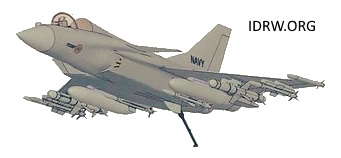

The Indian defence scene has been buzzing with discussions about a potential deck-based version of the AMCA (Advanced Medium Combat Aircraft) – the N-AMCA – for the Indian Navy. However, People familiar with the program have finally spilled the beans and have told idrw.org that this project was shelved in favour of a more practical solution which was TEDBF (Twin Engine Deck Based Fighter).
When the AMCA program began for the Indian Air Force (IAF), the Navy saw an opportunity. They envisioned a carrier-borne variant the N-AMCA that could leverage the AMCA’s technology while offering the Navy a 5th-generation fighter jet. This approach promised cost savings due to its commonality with the IAF version.
Continue readingSOURCE: RAUNAK KUNDE / NEWS BEAT / IDRW.ORG
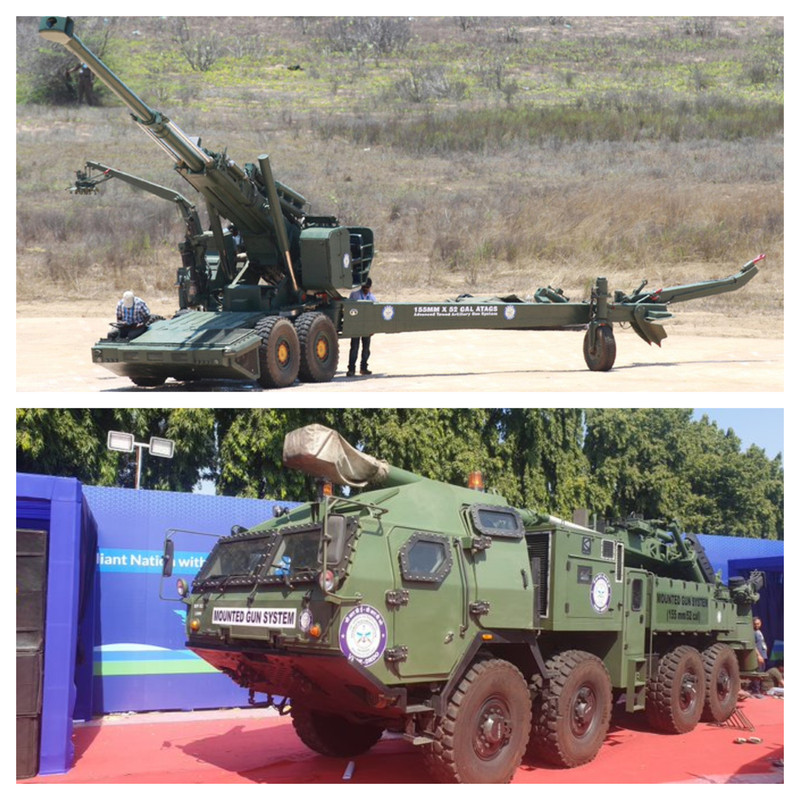

The effectiveness of towed artillery guns has been a topic of debate in the wake of the Ukraine conflict. While counter-battery fire has proven adept at quickly targeting towed guns, the Indian Army remains committed to their use alongside Mounted Gun Systems (MGS).
The war in Ukraine has shed light on the vulnerability of towed artillery to counter-battery fire. Advanced radar technology allows enemy forces to locate the origin of artillery fire within minutes, potentially putting towed guns at risk. This has led some former Indian Army officials to advocate for a full transition to MGS.
Continue readingSOURCE: RAUNAK KUNDE / NEWS BEAT / IDRW.ORG
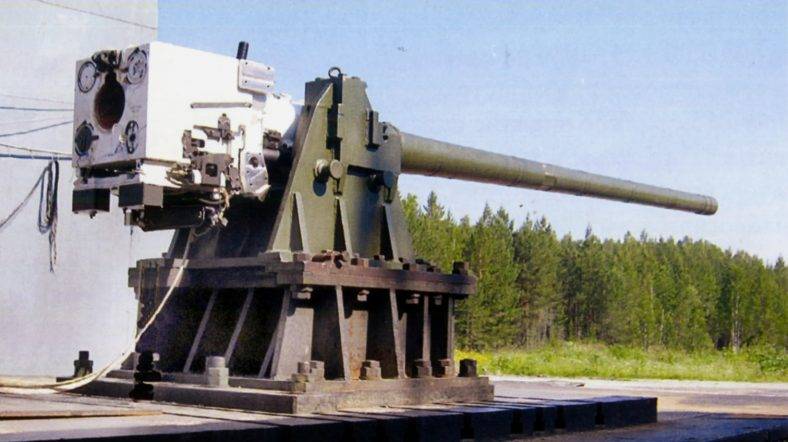

The Defence Research and Development Organisation (DRDO) is gearing up for the development of the Indian Army’s Futuristic Main Battle Tank (FMBT), the successor to the T-72 MBTs. In anticipation of the army’s requirements, DRDO is planning to initiate research and development (R&D) on a new 125mm smoothbore auto-loading main gun for the FMBT.
Unlike the 120mm rifled gun equipping the Arjun MBTs, the FMBT is expected to incorporate a new 125mm smoothbore auto-loading main gun. This shift in calibre aligns with the global trend towards smoothbore guns.
Continue readingSOURCE: RAUNAK KUNDE / NEWS BEAT / IDRW.ORG


Recent tenders issued by DRDO (Defence Research and Development Organisation) hint at significant progress in the development of the STAR (Supersonic Target) missile program. The tenders for procuring lining materials for the rocket motor casing, nozzle, and other crucial components suggest that missile fabrication is well underway, paving the way for potential developmental trials later in 2024.
STAR is a revolutionary target missile designed to travel at supersonic speeds exceeding Mach 2.5. This capability will allow surface warship crews to train for effectively detecting and engaging incoming supersonic anti-ship missiles, a critical skill in modern warfare.
Continue readingSOURCE: RAUNAK KUNDE / NEWS BEAT / IDRW.ORG


The Indian military is bolstering its attack helicopter capabilities on two fronts: American-made Apaches and domestically produced Light Combat Helicopters (LCHs).
Deliveries of the much-anticipated AH-64E Apache attack helicopters to the Indian Army are set to begin next month. The initial batch of six helicopters from the US is expected to arrive in May. This procurement comes as a separate deal from the Indian Air Force’s (IAF) existing fleet of 22 Apaches.
Continue readingSOURCE: RAUNAK KUNDE / NEWS BEAT / IDRW.ORG
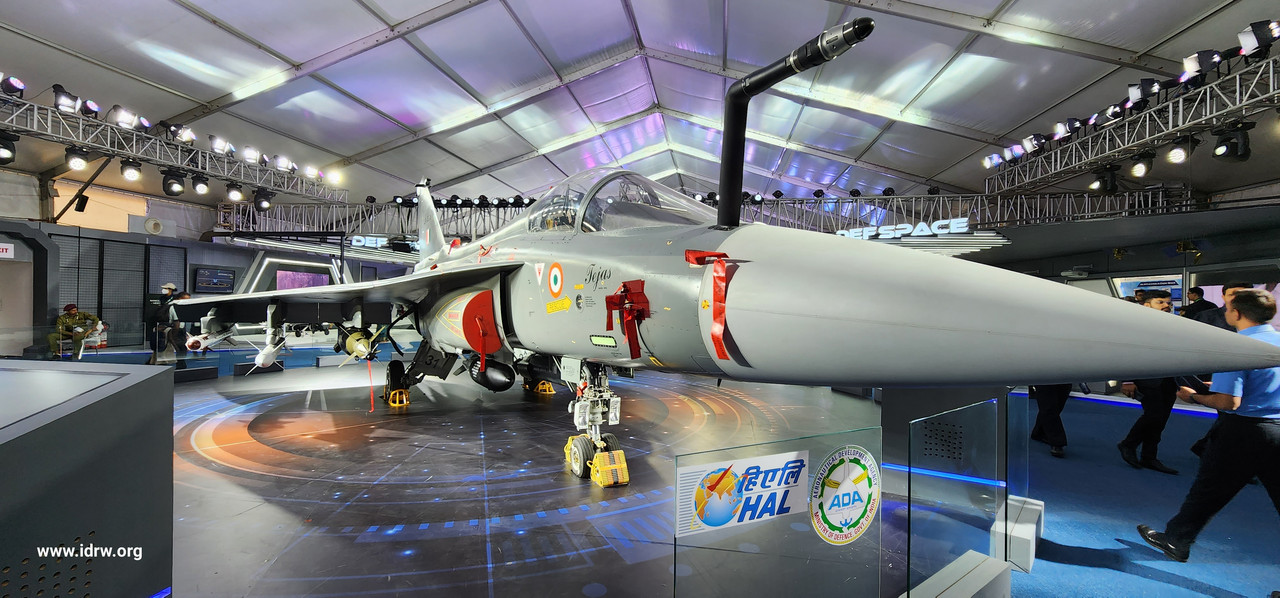

The Indian Air Force (IAF) is gearing up to put its indigenously developed LCA Tejas Mk1A fighter jet in the international spotlight. Air Chief Marshal VR Chaudhari, Chief of the Air Staff, recently confirmed plans to actively feature the Tejas Mk1A in upcoming international air shows and air exercises.
Participating in international air shows and exercises will provide the IAF with a platform to publicly demonstrate the advanced capabilities of the Tejas Mk1A. Potential adversaries and allies alike will witness the jet’s manoeuvrability, firepower, and avionics suite firsthand.
Continue readingSOURCE: RAUNAK KUNDE / NEWS BEAT / IDRW.ORG
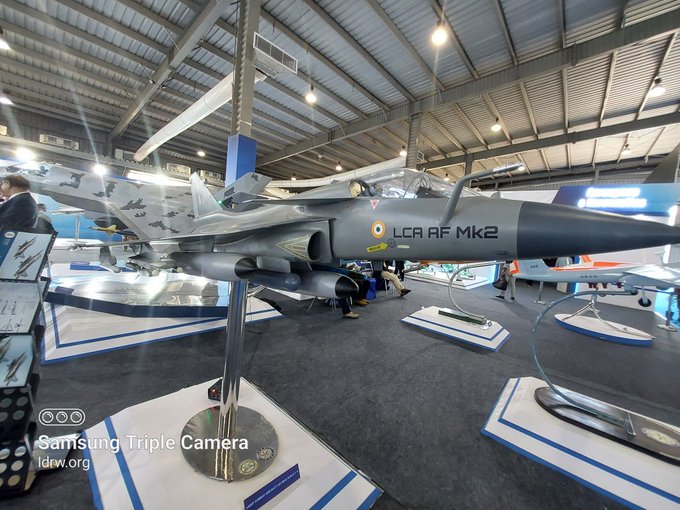

The upcoming Tejas MkII fighter jet program is leaping forward with the incorporation of new, cost-effective manufacturing techniques for its composite fin and rudder assemblies. This collaboration between the Aeronautical Development Agency (ADA) and the National Aerospace Laboratories (NAL) promises a lighter, more efficient aircraft.
The key innovation lies in co-curing, a technique that allows for the simultaneous bonding of multiple composite layers during manufacturing. This reduces both weight and part count. By minimizing the number of mechanical joints, co-curing also improves structural efficiency.
Continue reading